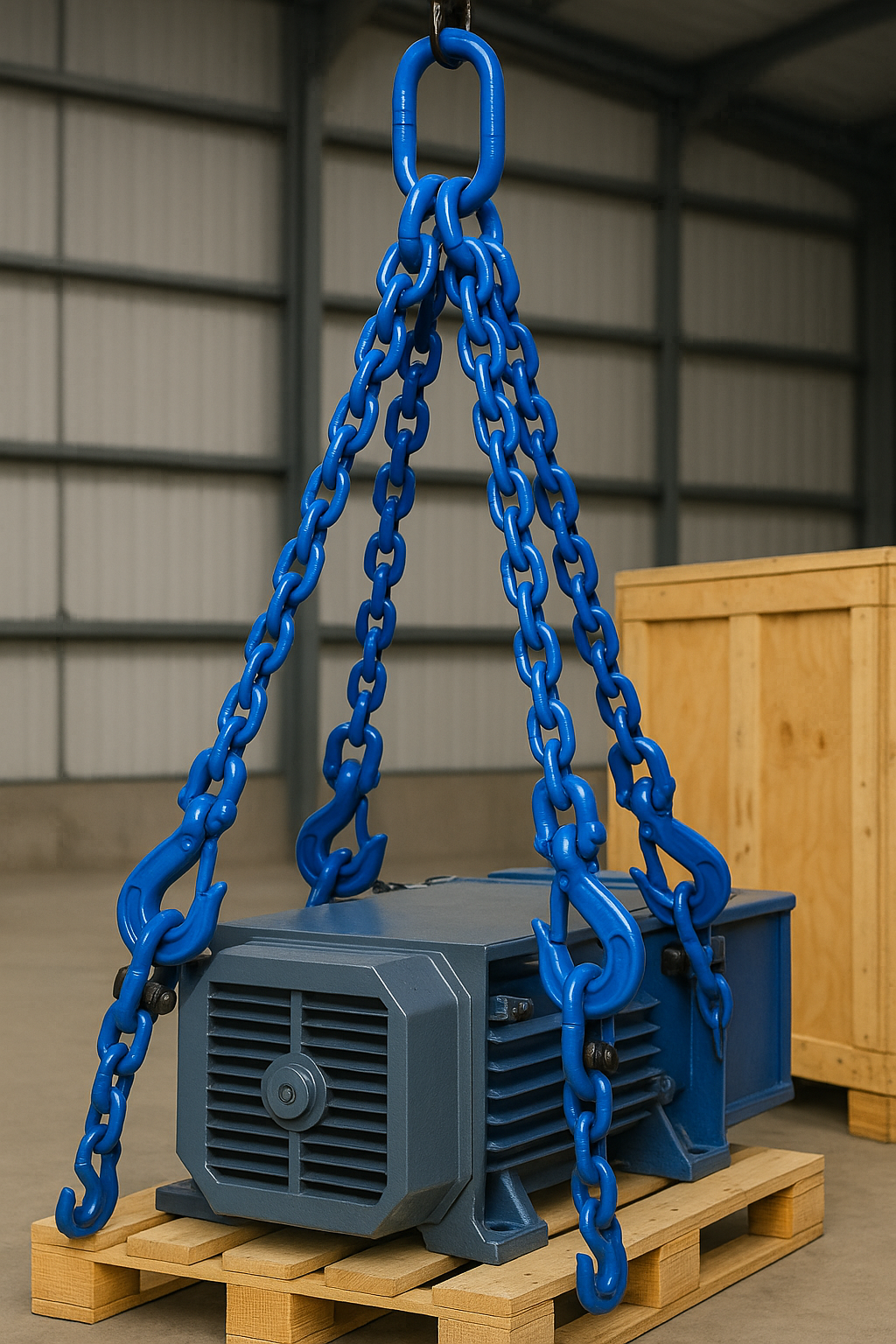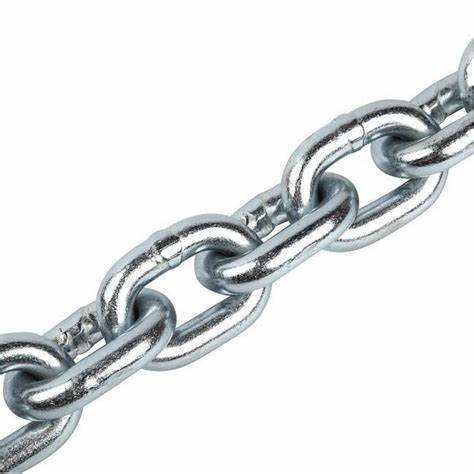Our staff will contact you within 12 hours, You can also contact us through the following ways:
Contact US WhatsApp: +86 18263873187
- Email: [email protected]
- Tel: +86 18263873187
- Web: www.lifting-chain.com
Rigging crews rely on two pillars—lifting chains and slings—to keep loads stable overhead. Choose the right grade, finish, and assembly style and you boost capacity, trim sling mass, and save hours of maintenance. Choose wrong and you battle stretch, corrosion, and failed audits. This guide blends real data from Topone’s catalogue with field-proven selection tips. Read on, scan the matrix, and match every lift to a chain or sling that works as hard as you do.
A chain delivers the raw link strength, while a sling packages those links into one-, two-, three-, or four-leg assemblies with master links, shortening hooks, or grab lugs. Grade matters first, because it locks in yield and tensile strength:
Grade | Yield MPa | Safety Factor | Proof Load | Best Use Case |
G80 | 640 | 4 : 1 | 4 × WLL | Daily rigging, rentals |
G100 | 980 | 4 : 1 | 4 × WLL | Production lifts, tight headroom |
Stainless G80 | 640 | 4 : 1 | 4 × WLL | Food, chemical, marine |
Topone manufactures all three on nine automated lines and proofs every metre before assembly.
Ø mm | G80 WLL kg | G100 WLL kg | Stainless G80 WLL kg | Chain Mass kg / m |
8 | 2 000 | 2 500 | 2 000 | 1.4 |
10 | 3 150 | 4 000 | 3 150 | 2.2 |
13 | 5 300 | 6 700 | 5 300 | 3.8 |
16 | 8 000 | 10 000 | 8 000 | 5.7 |
20 | 12 500 | 16 000 | 12 500 | 9.0 |
Pick chain grade by environment and headroom.
Choose leg count—more legs share load but raise angle factors.
Match master link ID to crane hook width with 10 % clearance.
Add shortening hooks if lift height changes often.
Stamp ID tag—Topone supplies stainless plates laser-etched with WLL, grade, and date.
The result: one sling handles multiple lifts yet meets every audit.
 Click here for details, pictures are for reference only.
Click here for details, pictures are for reference only.
Sling Angle | Factor | Load per Leg (10 t Total) |
60° | 1.15 | 2.9 t |
45° | 1.41 | 3.5 t |
30° | 2.00 | 5.0 t |
Clean after shift; oil links lightly.
Gauge mid-link Ø; scrap at 10 % wear.
Measure five-link pitch; retire at 3 % stretch.
Rotate slings; even wear doubles life.
Log inspections; digital forms from lifting-chain.com simplify audits.
Pick stainless G80 when blood, acids, or brine fill the air. The austenitic matrix blocks pitting and cleans fast. You skip paint, avoid zinc flakes, and keep hooks bright for food or pharma audits, though you pay more per kilogram. Lifecycle cost usually drops after the second year of nonstop wash-down cycles.
 Click here for details, pictures are for reference only.
Click here for details, pictures are for reference only.
Use the matrix, angle factors, and field care tips to match every lift with a Topone chain or sling that saves weight, boosts capacity, and breezes past inspections—Click here and get your own quote.